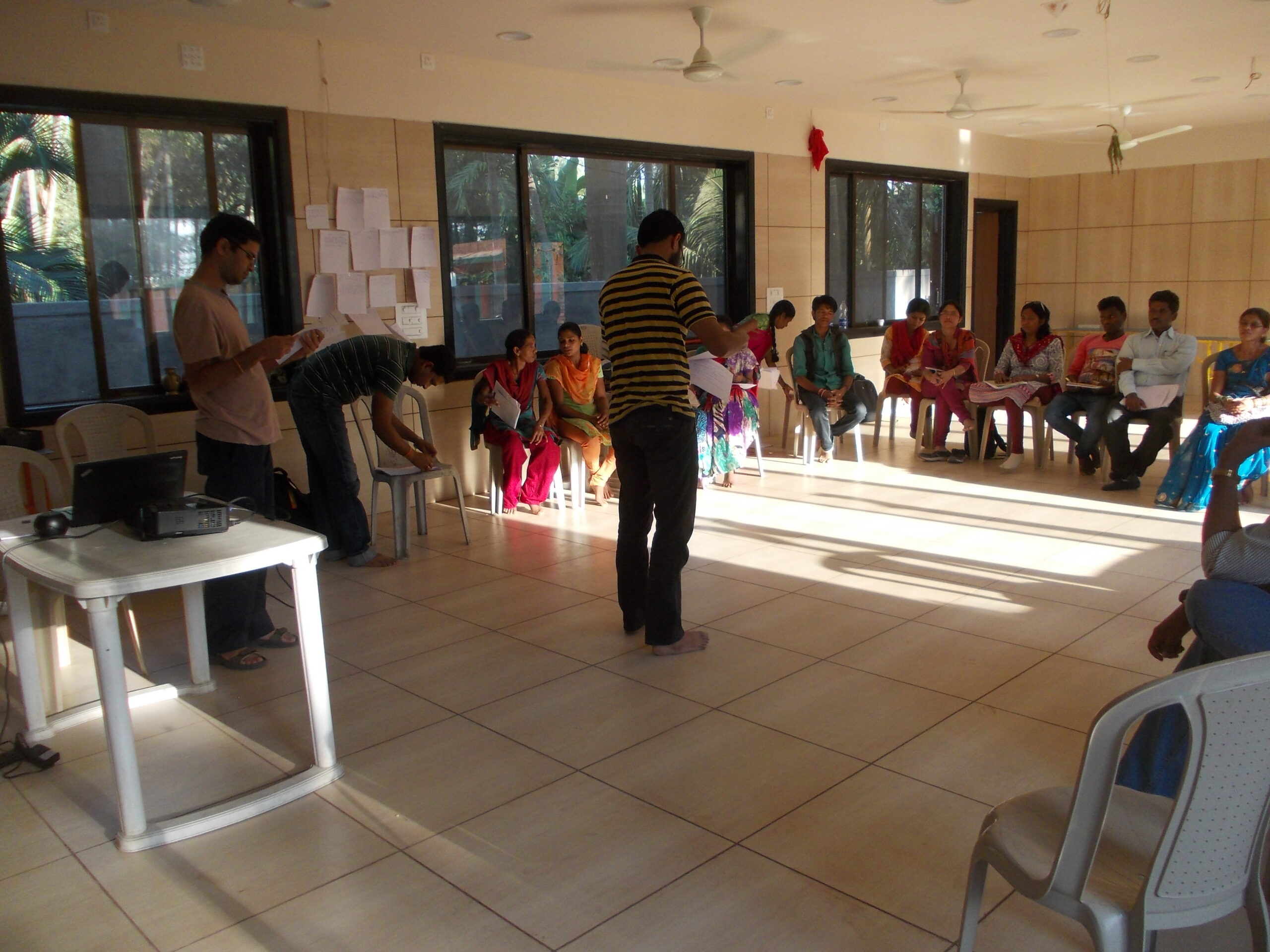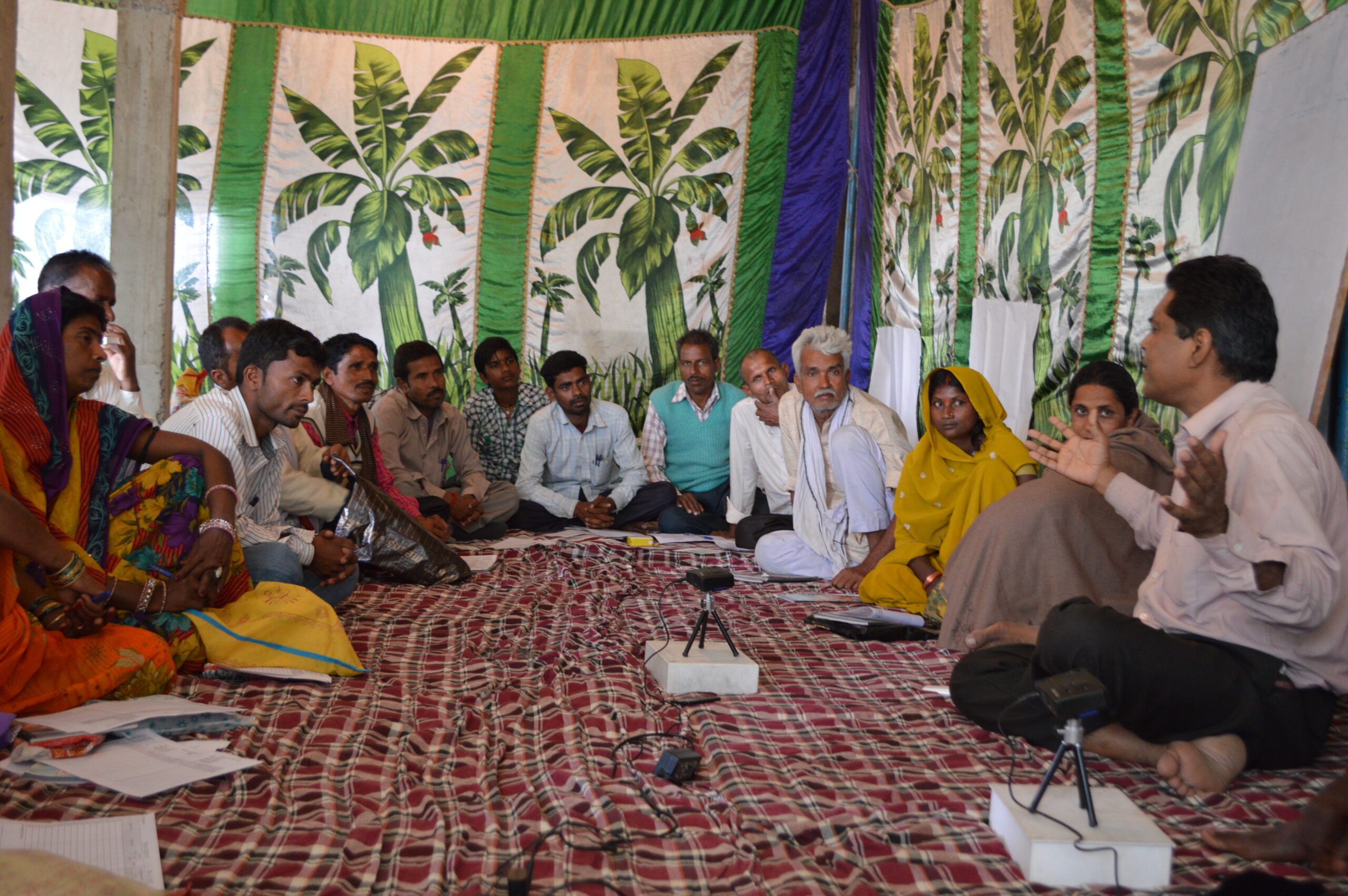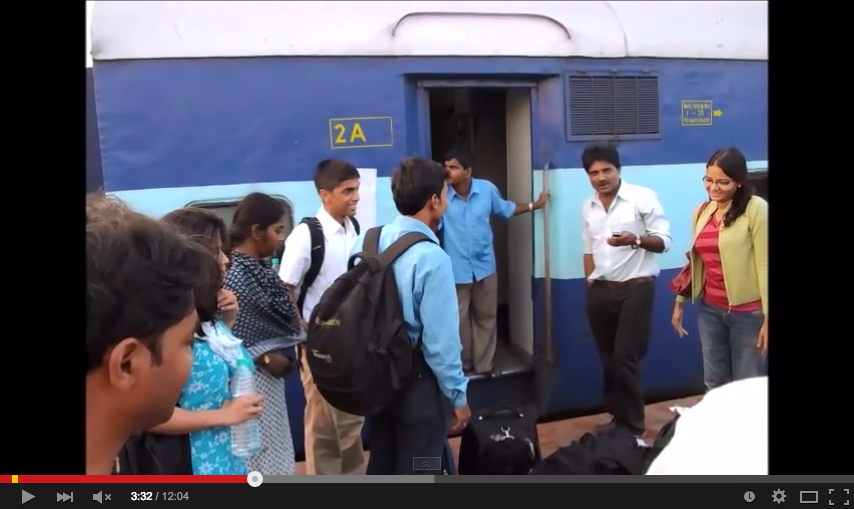What do you get when you put 14 of your best trainers, old and new, together in a room? A lot of energy and a truckload of ideas on making the training more fun and participatory!
That’s what we got when we got together for a Training of Trainers in Hyderabad earlier this month.

At Digital Green, we have been striving very hard to make the trainings that we give to our partner organizations and grassroots workers even more effective. For this purpose, 14 trainers from across our state teams in India came together to improve their participatory facilitation skills and methods. Some of those trainers have experience of several years, while others were fairly new to the world of training. However, the training program ensured that it challenged each one of them and encouraged their creative selves to emerge.

The training focused primarily on refining our conceptual understanding of participation deconstructing power relations within training groups, especially in the context that we work in. We are often so involved in our day-to-day work that we forget the bigger picture the larger change in the world that we are aiming to bring. These discussions helped us place our work and ourselves in the overall development work.

This was followed by focusing on the core skills that a good facilitator should have. We also did a little bit of soul-baring as trainers. We reflected and thought about instances where we haven’t been able to do our best. Some talked about getting impatient with participants, others talked about showing bias towards a particular participant, or reaching the training unprepared. It helped us realize that all of us make mistakes and that there is always scope to improve, and that it is important to inculcate self-awareness than remaining complacent about one’s ability as a good trainer.
The next day challenged the trainers even more – when they did a Participatory Rural Appraisal in a village that none of them had worked in before. Facilitating a group in an uncontrolled environment, where several power dynamics became very obvious, including caste and gender, proved to be a really helpful exercise.

Learning from this field experience also helped trainers to challenge themselves even further. Each participant designed an existing training session in a creative manner and demonstrated to the rest of the group.
Several of the sessions gave a completely new direction to how we approach training and learning of our participants. Most of the trainers left inspired to make our trainings more participatory, more engaging and more inspiring for the people they work with. We might never become the perfect trainer that we want to become, but we can surely become super-trainers!
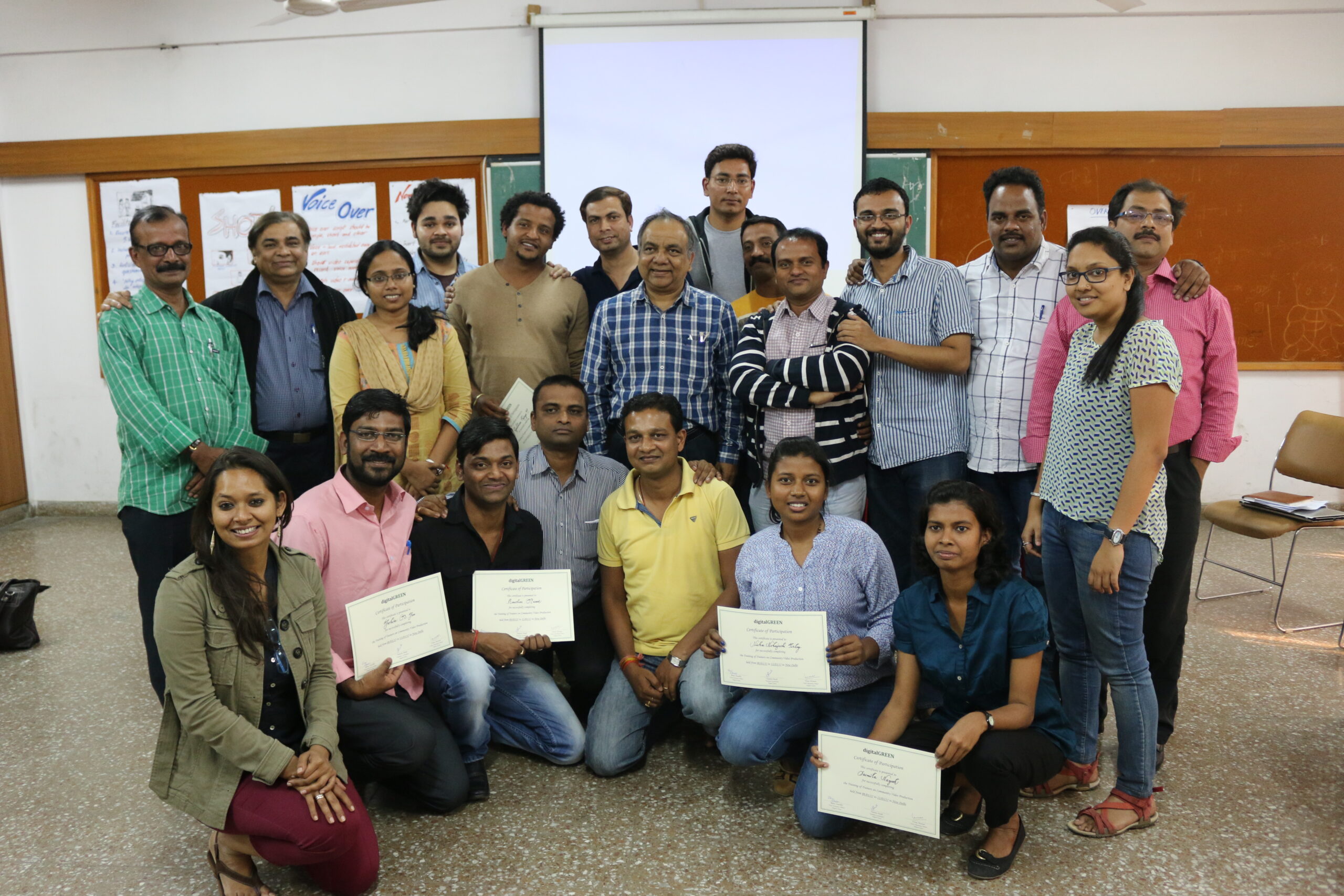

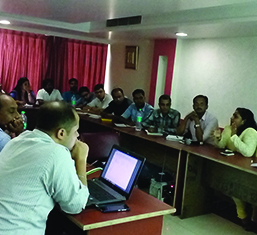






.jpg)




